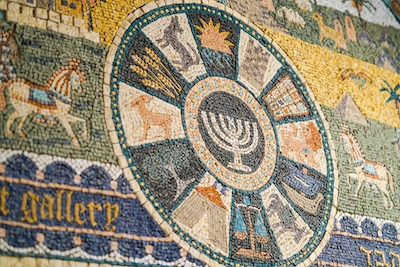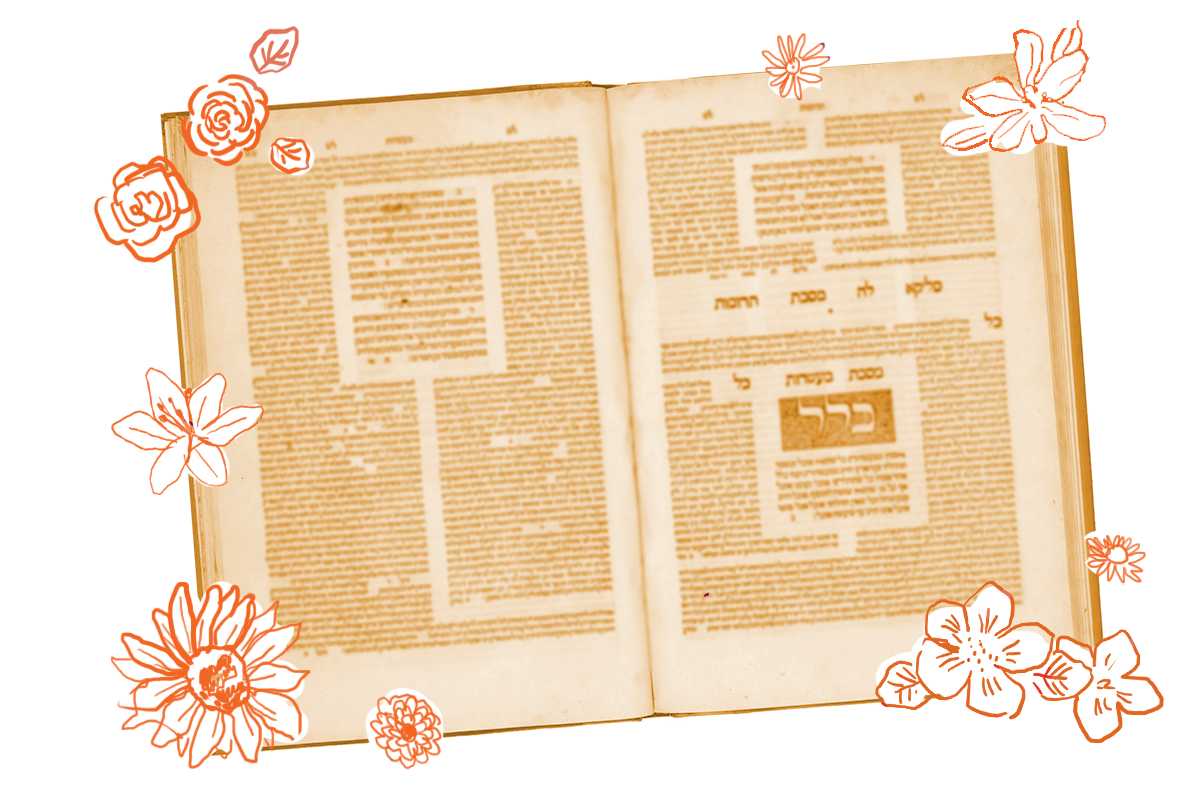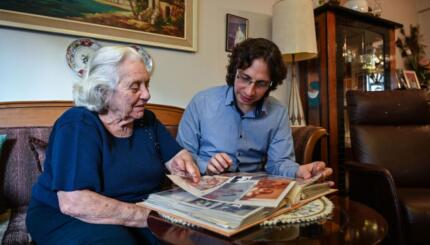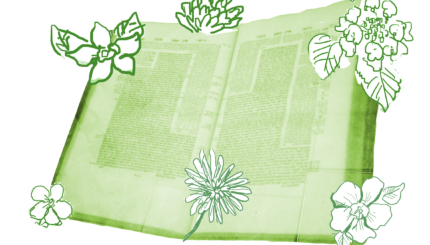Today’s daf features a teaching by Rabbi Yishmael:
In three cases the halakhah supersedes the verse:
(1) The Torah says (that blood from an animal must be covered) “in dust,” but the halakhah is that anything (may be used to cover it);
(2) The Torah says (a nazir should not use) “a razor” but the halakhah is that nothing (may be used to remove hair);

Help us keep Jewish knowledge accessible to millions of people around the world.
Your donation to My Jewish Learning fuels endless journeys of Jewish discovery. With your help, My Jewish Learning can continue to provide nonstop opportunities for learning, connection and growth.
and (3) The Torah says (a bill of divorce must be written on) “a scroll,” but the halakhah is that anything (may be used).
In each of these cases, remarks Rabbi Yishmael, the peshat, or the plain meaning of the verse, is altered to include an expanded list of items, either broadening or narrowing the scope of the law. Thus the halakhah “supersedes” or changes the plain meaning of the Torah.
The medieval commentator Rashi notes, however, that “supersedes” is a strange choice of word, given that in each instance what results is an expansion of the Torah’s idea (a razor is taken to mean all shaving implements, a scroll is taken to mean anything one can write on), rather than a true alteration of meaning. Further, in each instance, the law can be learned from other verses, cited elsewhere in the Gemara. For example, a bill of divorce is also described in Deuteronomy 24:1: “…he writes her a scroll of severance…” On Gittin 21b, Rabbi Yosei HaGelili learns from the words “he writes” that anything can be used as a bill of divorce and not just a scroll.
The only hitch is that Rabbi Yishmael, as Rashi explains, doesn’t learn the expanded halakhah from other verses. So where does he learn them? From an oral tradition, passed down from Moses. According to Rabbi Yishmael, the textual supports for these expanded laws are secondary and come after a law has already been accepted. That is why these three cases are considered to have superseded the verses. Whereas in some cases, literal Torah laws are expanded due to a textual interpretation, here the halakhah overrides the literal meaning of the verse without textual support.
Professor Martin Lockshin, in his essay, “Does Halakhah Really Uproot Peshat?” argues that Rabbi Yishmael’s understanding that in these three cases “halakhah supersedes the verse” is equivalent to another rabbinic principle, dibber hakatuv bahoveh, which means the verse uses a specific example of something that describes the most common (but not only) way it is done. In other words, Torah uses a specific example like covering the blood of an animal with dust, but does not mean to say that other things — for example, ashes — can’t also be used to cover the blood. The halakhah, therefore, takes common sense into consideration, looking to the intention of the command rather than the literal words of the verse alone.
Professor Lockshin points out, interestingly, that medieval commentators use the phrase “halakhah supersedes the verse” to mean that halakhah is not always in line with the peshat reading of the Torah. While Rabbi Yishmael points out that the context and intent of the verses is in line with the halakhah, the later commentators take this line to mean that halakhah is often in conflict with peshat, an ironic reversal of Rabbi Yishmael’s position.
Read all of Sotah 16 on Sefaria.
This piece originally appeared in a My Jewish Learning Daf Yomi email newsletter sent on April 14th, 2023. If you are interested in receiving the newsletter, sign up here.



